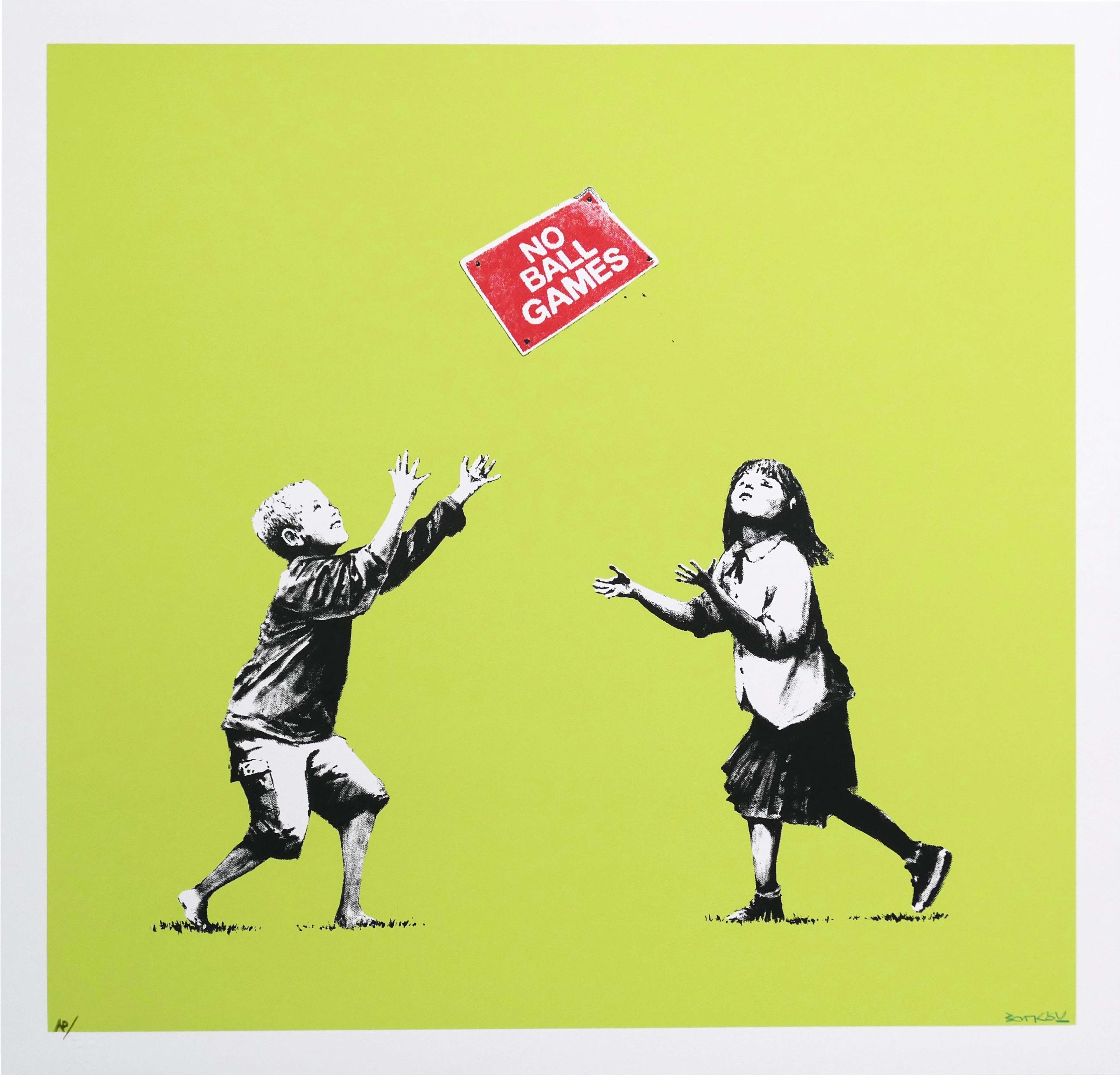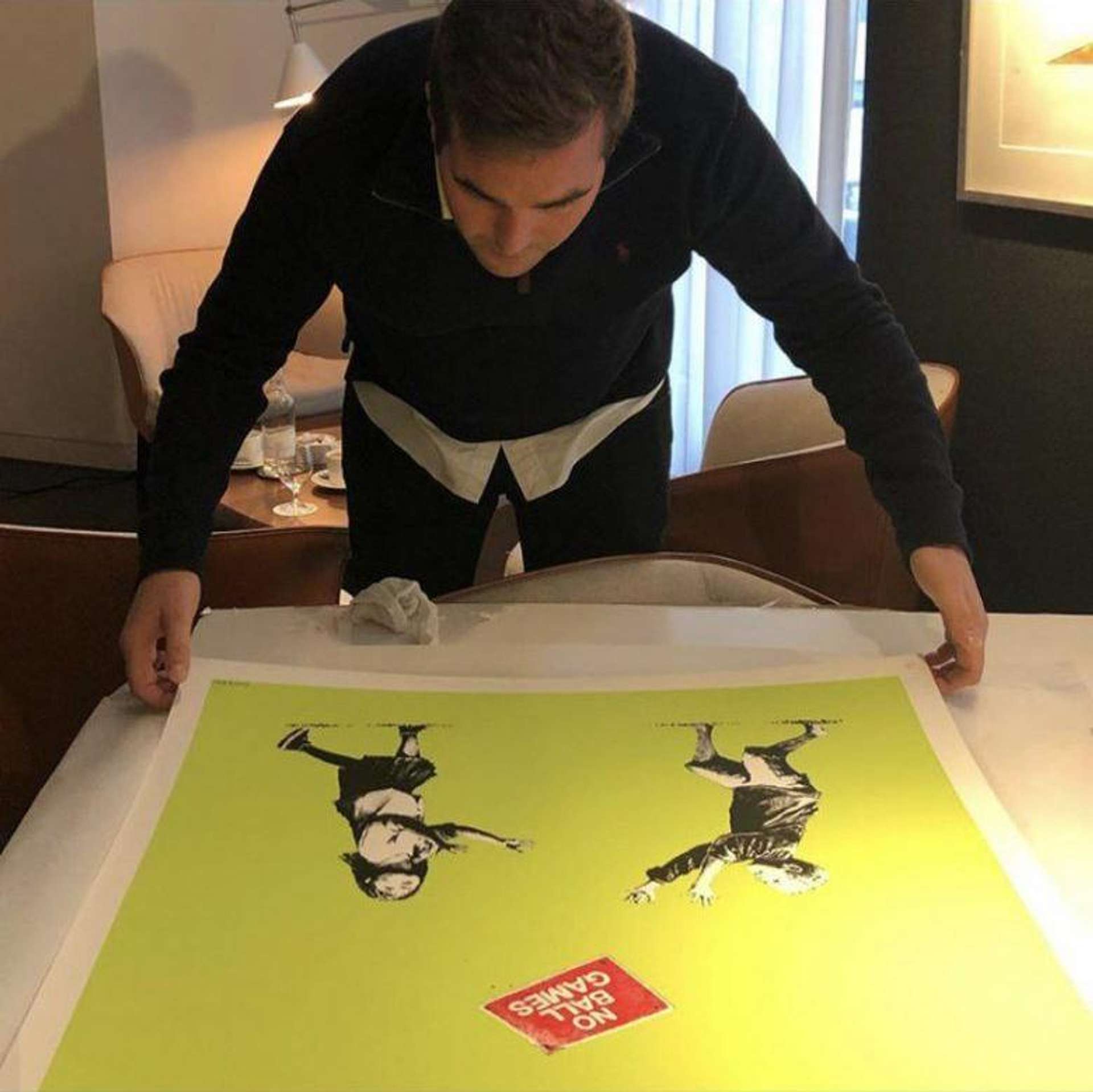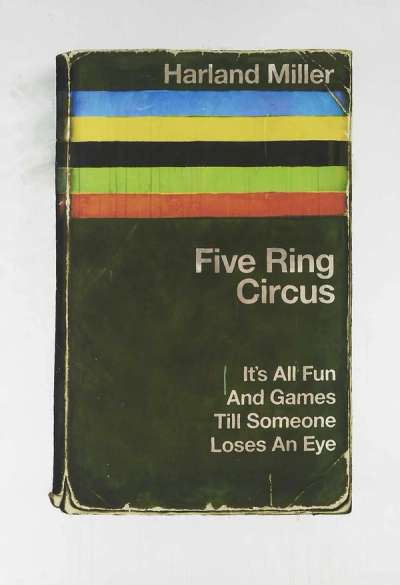A Guide to Restoring and Caring for Modern and Contemporary Prints
 Ingrid Bergman, Herself (F. & S. II.313) © Andy Warhol 1983
Ingrid Bergman, Herself (F. & S. II.313) © Andy Warhol 1983Live TradingFloor
From climate and light to mounting and framing, being a good steward of an artwork begins with knowing how to look after it. Hear our recommended conservators, Roo and Maartje of Foley Schalkx Conservation and MyArtBrokers’ Modern and Contemporary Print specialist team answer the most asked questions around collecting and caring for your artworks.
‘Artworks are complex objects which carry aesthetic, political and social significance – to preserve them allows future generations to connect to the artists and people who came before them.’ — Roo Foley, Foley Schalkx Conservation
What should collectors look out for before buying a print?
Before buying a print, there are certain things you can check to ensure the work is in good condition. We always recommend viewing the artwork in normal, raking and transmitted light wherever possible, and this is something that can be done by one of our specialists for you. Collectors should also seek to view the work unframed if possible as artwork edges – which are often concealed by a window-mount or frame – can reveal a lot about the artwork’s condition. When considering an artwork’s condition, a collector should look out for various things, including planar distortions, stains, tears, bits of tape, uneven paper tone, discolouration, creases, cracked or flaking media and scratches.
How can a condition report help?
To the untrained eye a print might not look damaged at all, and this is where a condition report comes in handy. As Roo and Maartje explain, ‘a condition report should be produced by a conservator who is trained both to recognise, and also to interpret, potential issues. It highlights, describes and discusses all of the issues mentioned above. It may also include potential treatment and future care guidance and provides a reference against which future changes can be monitored.’
Why is it important to conserve or restore?
As well as guarding your investment, good conservation ensures an artwork can be enjoyed by generations to come. Artworks are complex objects which carry aesthetic, political and social significance – to preserve them allows future generations to connect to the artists and people who came before them.’
While the world of conservation and restoration may seem overwhelming at first, help is always at hand. A collector should seek the advice of conservators, reputable art professionals, and reputable framers when considering how best to care for, house and display artwork. It is also important to remember that some deterioration is inevitable and that this is part of the inherent conflict between the preservation of art on paper and its exposure to light and environmental conditions during display.
 Ingrid Bergman, Herself (FS II.313) © Andy Warhol 1983
Ingrid Bergman, Herself (FS II.313) © Andy Warhol 1983What factors should one consider when displaying a print?
You might have found the perfect spot on the wall for that Banksy, Warhol or Haring print but have you considered how the sun hits it, or how seasonal changes will affect the paper? Art on paper should be displayed away from sources of light, heat, high and fluctuating humidity. Kitchens, bedrooms, bathrooms, pool houses, boats are all best avoided, and would require very specific display solutions.
UV-filtering glass will cut out the most harmful wavelengths but does not prevent damage brought about by visible light – damage caused by light exposure is ‘cumulative and permanent’, they warn, and ‘small measures such as switching off lights and keeping curtains closed when a display area is not in use can make a big difference.’
How should prints be framed?
Around 70% of the pieces Foley Schalkx Conservation examine in their work as conservators have been adversely affected by framing. ‘Each artwork is unique, and frames must be tailored to suit individual characteristics; a good frame will both complement the artwork and protect it from unnecessary damage. Additionally, frames should be checked every 5–10 years or so to make sure they still offer the right protection.’
When it comes to mounting, we advise that artworks should never be in direct contact with acidic materials or glazing and should never be directly adhered. They recommend that collectors use Japanese hinges (applied using Japanese wheat starch paste or methyl cellulose), and photo corners where possible, as well as 100% cotton rag, acid free boards to prevent deterioration of the paper and medium.
How should a print be stored when it’s not on display?
If you’re not intending to frame and hang a print straight away, make sure it is protected while in storage. Prints should be stored flat, in the dark, and away from potentially acidic or unstable materials. Ideally they should be wrapped in acid free glassine or tissue and housed within made-to-measure folders or boxes made from acid free materials. We would strongly recommend checking intended materials with a conservator prior to purchase.
Can damaged prints be fixed?
While collectors might be alarmed by signs of damage or wear, it is reassuring to know that, with the help of expert conservators such as Foley Schalkx Conservation, condition issues can often be improved or stabilised, however, there are no quick fixes or guarantees, the degree of improvement or stabilisation is entirely dependent on the inherent qualities of the individual artwork. Remember, prevention is better than cure – poor framing, handling, display and storage will all negatively affect an artwork’s condition and resale value so it’s best to get these things right from the start.
For any questions relating to the caring or condition of your print, do not hesitate to contact our recommended conservators Foley Schalkx Conservation.























































